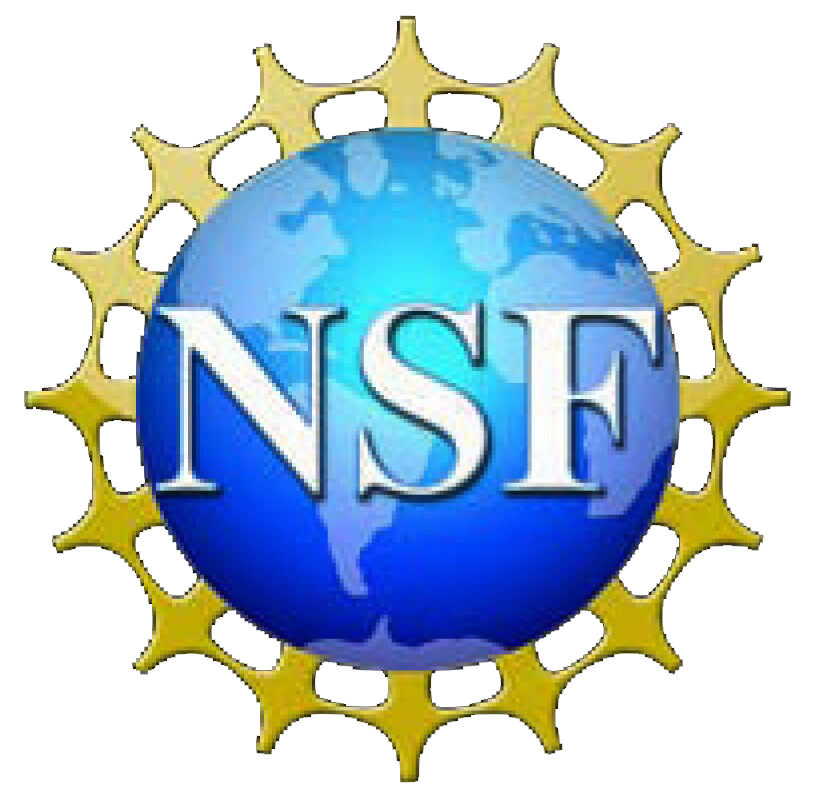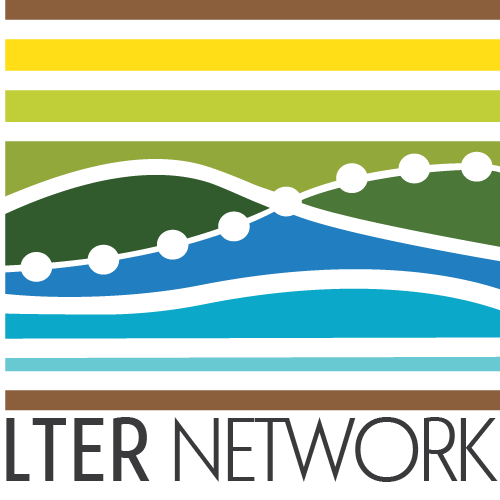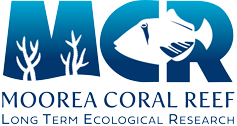Year:
2020
Authors:
Source:
Ph.D. Dissertation
Abstract:
Anthropogenic stressors are impacting coastal ecosystems and reducing the populations sizes of marine foundation species at unprecedented rates. Understanding the influence of various anthropogenic stressors to foundation species that promote ecosystem productivity and species diversity is of particular importance to predict community composition and structure in the Anthropocene. Over the past several decades, much research has been devoted to understanding the independent and interactive nature of global (e.g., rising sea surface temperatures, ocean acidification) and local (e.g., overfishing, land-based pollution) anthropogenic stressors on scleractinian corals from the microbial to reef scale. However, there have been few investigations on how these various stressors may interact with ongoing biotic processes to alter corals across these scales.
Scleractinian corals experience a multitude of biotic processes, such as predation (i.e., corallivory) by fishes, echinoderms, and gastropods and interspecific competition for space on the benthos with benthic algae. The tissue and/or skeletal damage induced by corallivores can induce partial or whole colony mortality and dramatically reduce available energetic resources. Competition with benthic algae reduces coral settlement, growth, and can increase coral mortality. There is considerable interest in understanding how these processes may influence corals’ response to various anthropogenic stressors. In this dissertation, I explore how anthropogenic stressors may influence how corals respond to corallivory and examine the temporal dynamics in coral-algal competition across reefs with different land-based pollution regimes in Moorea, French Polynesia.
First, I explored how nitrogen identity (natural vs. fish-derived) and concurrent seawater warming may affect how Pocillopora corals respond to parrotfish corallivory using a mesocosm experiment. Results revealed that nitrogen supply, regardless of identity, counteracted the reduced wound healing observed under seawater warming. This is likely driven by higher algal symbiont populations under nitrogen enrichment. Further, nitrogen enrichment increased coral microbiome variability while nitrogen identity was associated with unique microbial indicator taxa.
Second, I examined how sedimentation and nutrient loading may influence how massive Porites corals respond to gastropod corallivory using in situ field surveys on Moorean fringing reefs and a factorial field experiment. Sediment and gastropod corallivory independently increased coral partial mortality by ~20%, yet nutrient enrichment reduced overall partial mortality regardless of sediment or corallivory treatment. This is likely explained by higher algal symbiont populations and increased chlorophyll production for enriched corals, which may have provided more carbon products, and thus more energy, to cope with the stress associated with sedimentation and/or corallivory.
Lastly, I examined the dynamics of coral-algal competition using a decade time-series data set across sites characterized by unique sedimentation and nutrient loading regimes and how coral colony size influences competitive outcomes In general, the frequency of coral-algal interactions increased over time but the outcomes of these interactions depended on algal functional group. Competition with algae was more likely to be associated with coral tissue loss as coral colony size increases. Thus, coral-algal interaction outcomes were dynamic temporally and influenced by both coral colony size and the algal functional group in competition.
Publication Type:
Thesis or Dissertation
Publisher:
Department of Ecology, Evolution and Marine Biology, University of California, Santa Barbara



